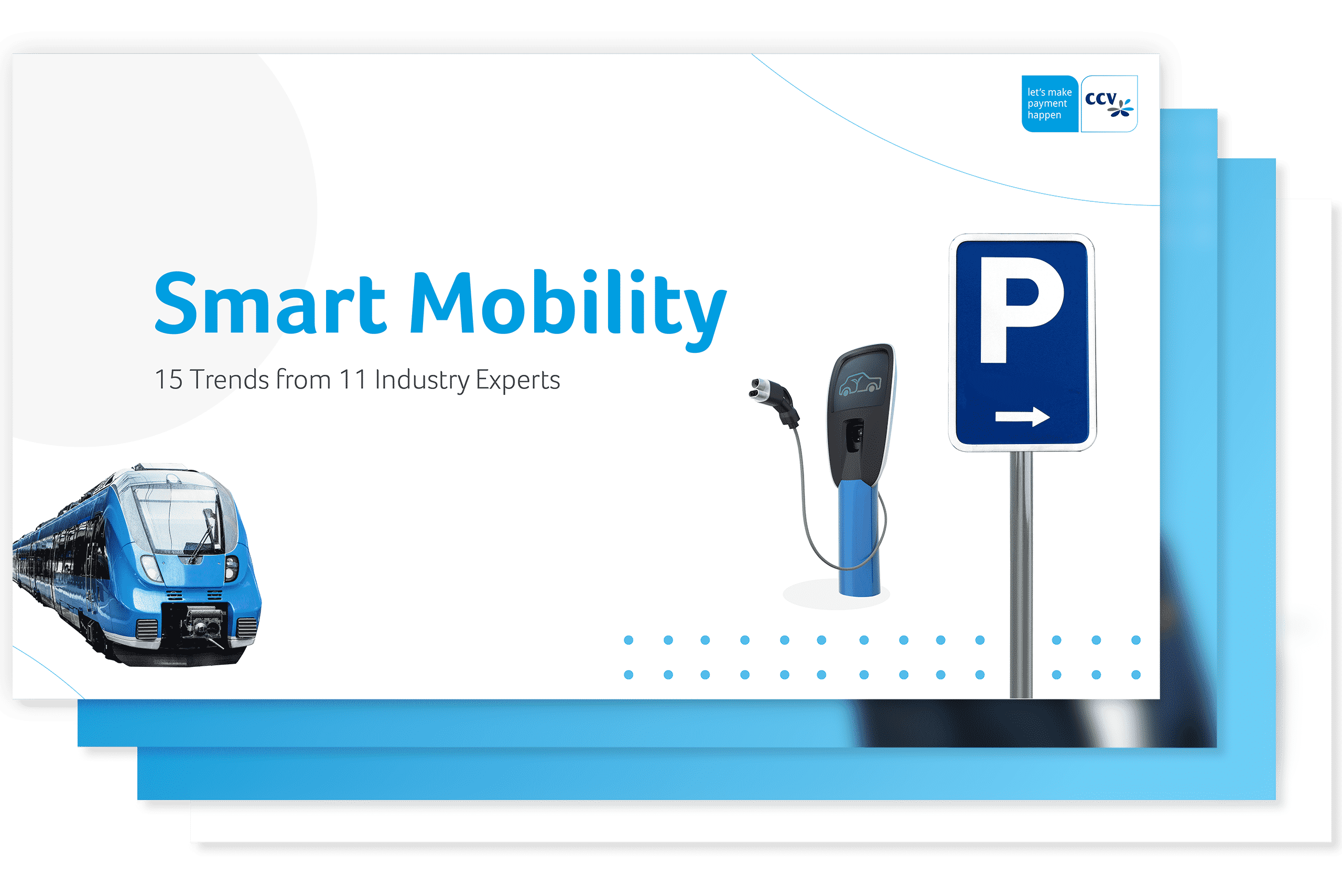Image: Pexels
Parking is at the heart of mobility. Off-street and on-street parking is experiencing a period of innovation and technological advancement, and payment methods are key. Gone are the days when you rummaged around to find the exact change, with the danger of extra coins being needed for a time overrun.
Cards, smartphones, digital accounts, and connected cars are here. What does this mean for parking? Our next eBook about parking trends tackles this issue, but there are still prevalent myths that need to be dispelled. In this article, I highlight eight myths about payments in parking.
#1 Contactless is a fad
Visa and Mastercard have stipulated that all payment terminals must accept contactless payments by 1st January, 2020. The number of contactless payments in Europe is soaring, and this trajectory is set to continue. Some countries are more advanced than others, but the general trend is that tap-and-go is in huge demand, and is already expected at on-street and off-street parking locations by drivers.
#2 Cash is still king
This is a complicated matter. In some European countries, Germany included, there is still a reliance on cash as a form of payment. Other countries, such as Sweden, Poland, the Netherlands, and the UK are more inclined to embrace card and mobile payments; including for micro-transactions. With this in mind, parking operators and municipalities must understand the landscape before jumping to 100% cashless.
#3 Mobile payments are a fad
With regards to mobile payments, the jury was out. But it’s clear now that consumers have embraced their smartphones to make payments in a number of ways. Firstly, via the contactless (NFC), smartphone wallet (e.g. Apple Pay, Samsung Pay, or Google Wallet). Secondly, via app-based digital accounts to find, reserve, and pay for a parking spot remotely. Thirdly, via ad-hoc eCommerce payments done on a mobile website at the time of parking. Lastly, via SMS; which is popular with many on-street parking operators.
Parking operators must take this multitude of mobile payment options into account when planning their payment infrastructure for the long-term. Mobile payments aren’t a fad, they are gaining traction.
#4 Payment without a pin pad is universally welcome
Tap-and-go, and dip-and-go payment solutions are superbly convenient for the user… usually. But it’s important to make the leap with full awareness of the landscape. In truth, not every issuer accepts dip payments, and not every card has contactless capability. Before you make the transition, it’s essential to consider whether your audience will have trouble making payments with what’s in their pocket.
#5 You are obliged to offer a paper receipt on exit
Not necessarily. Under certain circumstances, this would be a welcome idea. But if the customer receipt is receivable by other means digitally, you usually aren’t obliged to offer it in paper. You might wish to offer a yes/no option on the terminal itself, but removing the option of paper receipts is a cost-saving and environment-saving initiative that could be very effective.
#6 Payment amount limits are irrelevant
The amount limit on dip payments depends on the card type and the issuer. The limits on contactless tap payments for parking differ based on the country in question. In the Netherlands this is currently €50. Of course, this may be subject to change in the near or distant future. Understanding the limits is important in the context of parking payments, because the customer will need a pin pad to exceed them.
#7 Technical and legal compliance is simple
In fact, compliance needs expertise. For example, the most important PCI forms for payment equipment (at the time of writing) are PCI, POI, and PTS: payment card industry, pin transaction security point, or interaction.
In the Netherlands for example, PCI v1.3 devices were initially allowed to remain in the field until April 2019, but this was later extended to January 2020. The Payment Service Directive 2 (PSD2) is certainly something to bear in mind, because it will ensure more competition within the payment world.
#8 Innovation will slow down
Not anytime soon, that’s for sure! Mobility is changing, and the parking industry will continue to be a key player. The innovation is just getting started. A huge global increase in electric vehicles has created the need for battery charging infrastructure, and the payment landscape for this part of parking is unclear.
Together with electric vehicles, we’re also seeing the evolution of connected vehicles. If all vehicles are connected to a cloud-based digital account, and identified by a number plate (or facial recognition), this changes the payment process yet further. Regardless of technology in play, parking industry stakeholders must make payments happen. This is where CCV can advise.
Conclusion
Above all, payments in parking must be customer-centric. We all know the pain of queuing for the ticket machine after a busy day in the office, or whilst carrying a heavy load of shopping bags. Payments should be fast, seamless, and super convenient. Contactless cards and smartphone wallets are a must-do, although operators should consider the landscape and their customer base before making big decisions.
Mobility Trends
We’ve interviewed 9 industry experts, so you can learn more about the biggest mobility trends right now. Download your free slideshow report today
Do you want to know more about our end-to-end payment solutions in parking? Please contact my colleague, Lorena Dias Lopes, International Partner Manager at CCV on l.diaslopes@ccv.eu or call +31622769394.
About the author
Simon Wood is a payment specialist with over 10 years of experience in the mobility sector. He’s part of CCV’s unattended payment team, working with a range of the industry’s parking, vending, EV charging, fuel, and public transport payment solution providers. Actively involved in the UK launch of mobile phone parking payment, and working with suppliers to the largest European parking hardware manufacturers, Simon is well placed to understand the requirements of this quickly evolving sector. Simon is based in Salisbury, UK.
Feel free to share this article on social media:

